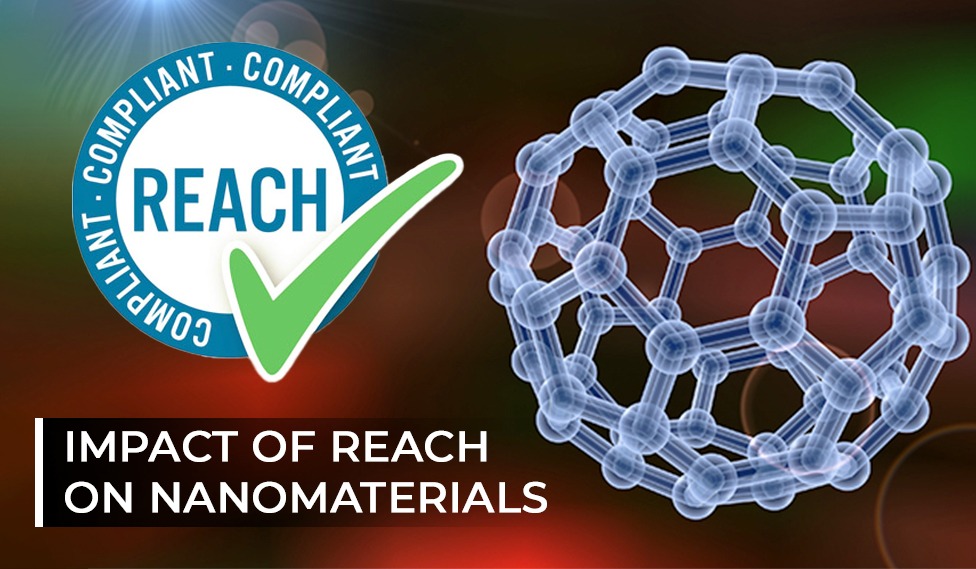
We have all heard of REACH regulations on the products and materials that harm the environment. But do you know that REACH compliance should also be adhered to by nanomaterials? Nanomaterials are materials or chemical substances whose sizes range from 1 to 100 nanometers. These nanomaterials may exhibit different characteristics due to the increase in the area when compared with the same material, which does not have the nano features. Hence, as a result, you can expect changes in the entire physicochemical properties of the same substance in a larger size.
If you look at the application of nanomaterials, you can find these substances in several products like batteries, cosmetics, antibacterial clothing, coatings, and many more in the European market. Even though these nanomaterials offer excellent application or technology support, the hazard caused by them to the environment and human health cannot be forsaken. Similar to other products where REACH is adhered to, it is also essential for the nanomaterials to abide by them to control the potential risk. Hence, the European nation, along with Member State competent authorities, NGOs, and other related European authorities, work to impose REACH on nanomaterials.
Therefore, in this post, let us see the impact of REACH on nanomaterials.
Implementation Of REACH On Nanomaterials:
Nanomaterials also fall under REACH legislation despite the size, physical state, and shape of the materials or particles. However, there is no specific provision implemented on the nanoparticles by REACH, but the importers, suppliers, and manufacturers should ensure that they don’t affect the environment and human health.
REACH is a curated regulation that holds principles for the nanoparticles as well. Even though there is no specifically designed legislation, the existing REACH rules have good guidance for the nanoparticles. Hence, as a result, the European Commission amended REACH Implementation Projects on Nanomaterials (RIP-oNs) to determine the availability and provide advice on the nanoparticles.
The RIP-oNs provide insights into technical and scientific guidance followed by implementing REACH concerning nanoparticles. So, the RIP-oNs are a comprehensive report regarding nanoparticle chemical assessment and information requirements. Hence, it can be termed as RIPON2 (Information Requirements) and RIPON3 (Chemical Safety Assessment)
RIPON2:
The objective of RIPON2 is
- To develop a specific plan on how REACH requirements should be fulfilled for the intrinsic properties of nanoparticles. It also includes the appropriateness of various testing methods and strategies.
- To provide necessary guidelines and risk management evaluation concerning nanoparticles.
RIPON3:
The objective of RIPON3 is
- To develop complete chemical exposure for the nanomaterials within the REACH context.
- To develop insights to determine the risk characterization and hazard with respect to nanomaterials.
So, what do you have to do next?
If you suspect that your product contains some nanoforms try to ask the following questions,
- Is your product in liquid or solid form?
- Does your product particle size dimension is between 1 nm and 100 nm?
- The shape of your product
So, after examining your product and it is confirmed that your product contains certain nanoforms, you need to identify, characterize, and update the dossier for regulatory needs.
Hence, this is how REACH manages the nanoparticles to improve the environment and human well-being. Sunstream is the ideal outsource partner for all compliance needs for your products. With the help of our skilled engineering team, we will ensure that all necessary documentation is created for a efficient compliance to the REACH regulation.



 +1.585.935.7123
+1.585.935.7123 +91-804-148-6861
+91-804-148-6861